The Buy-In: 8 Ways to Drive That First In-App Purchase
Published on February 09, 2016/Last edited on February 09, 2016/10 min read
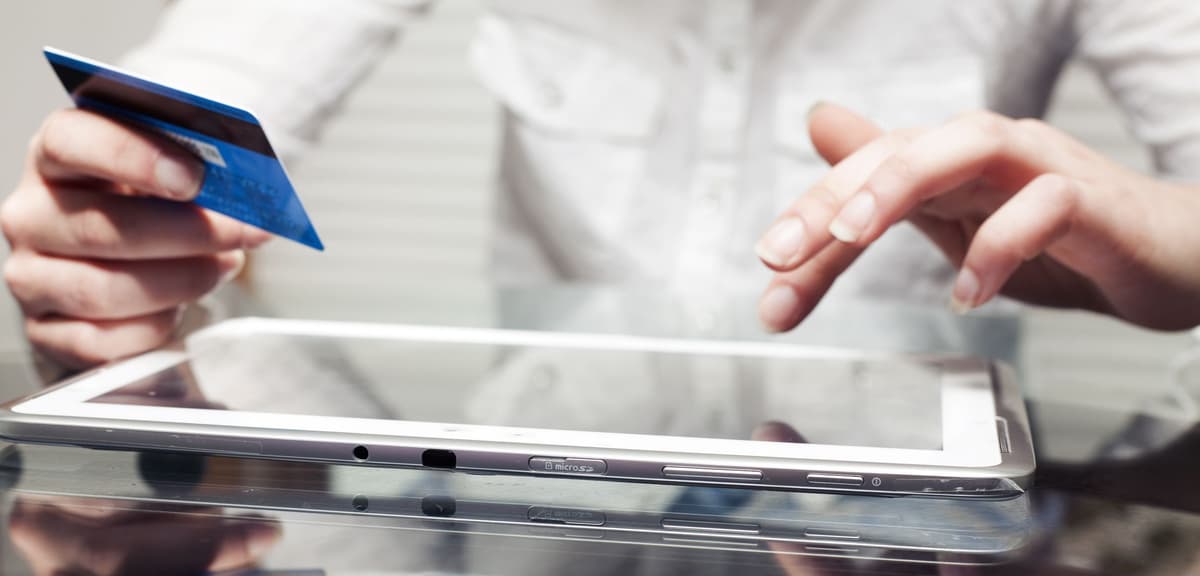

Todd Grennan
Content Production Principal, Content Marketing at BrazeMobile has grown up. And while it may once have seemed like it was enough for your brand to just HAVE a mobile app—the way that, back in the 90s, it once felt revolutionary to have your own website—that’s not true anymore, if it ever was. As the space matures, it’s essential for brands to have a clear strategy to monetize their mobile presence. Some companies (though not that many) have had success charging people to download their apps. Others depend on in-app advertising as their sole revenue stream. But, for a lot of brands, their mobile monetization strategy relies—entirely, or in part—on in-app purchases.
What are in-app purchases?
Paying for access to a dating app’s special features. Subscribing to a streaming music app’s premium tier. Buying a pair of khakis from an ecommerce app. Buying more gold bars in Candy Crush—we’re looking at you, Jordan. When a customer spends money within a mobile app, that’s an in-app purchase.
What makes in-app purchases important?
It’s a good question. After all, mobile isn’t the only game in town. (Unless, of course, your brand is mobile-only.) If a customer decides to buy those khakis at one of your brand’s mall outlets instead of on your mobile app, it’s not like you only get paid 50 cents on the dollar. A purchase is a purchase, right?
Well, yes and no. If someone sees pants in a store window and then buys them, that’s great. But increasingly, people are so engaged with their mobile devices that they’re using smartphones to research potential purchases while inside stores, or finishing transactions on the web that were begun on mobile. And every time a customer starts the purchase process on mobile and then transitions to web or in-person options to buy, it creates an opportunity for them to get sidetracked or change their mind, putting that purchase at risk. That means brands that can convince their customers to complete purchases using their app are going to be well-positioned as mobile becomes increasingly important to everyday life.
But even if your brand is entirely focused on mobile, the odds are that you have customers who haven’t ever made an in-app purchase, whether because they’re new to your app, or just because they haven’t been moved to spend money with you.
Okay, so how can brands encourage customers to make that first in-app purchase?
Well, there are a few important steps you can take that will set the stage for customers to make in-app purchases:
1) Collect the right data
User data is important because it helps you understand your audience. After all, it’s hard to sell something if you have no idea what your customers are interested in buying. To collect customer data effectively, it’s important to think through the steps that lead to a purchase and track customer behavior with that in mind. When customers DO make a purchase, the steps that they take leading up to that decision give you a model for what a successful customer journey can look like. Monitoring this journey can also identify places where potential sales to other customers are being lost.
2) Personalize and target your outreach
Customer data is also important because it allows brands to target individual customers for campaigns based on demographics and behavior and to use personalization to make those campaigns feel more relevant and valuable. By individually customizing the outreach that your audience members receive, you can increase conversions—including in-app purchases—by 27%, making this an effective way to encourage customers who have never spent money in your app to make the leap.
3) Focus on building durable relationships
Engagement sets the stage for in-app purchases. A customer who has seriously engaged with your app and is aware of what purchases are available and the value that they can provide is much more likely to pull the trigger than someone who hasn’t spent significant time in your app. And the more a customer returns to your app, the more information you’ll have at your disposal regarding their interests and behavior. That means that one of the best ways to get customers to make an in-app purchase is to use your messaging channels to keep them engaging with your app on a regular basis.
Plus, mobile users have a lot of options. If they’re unhappy with an app that they’ve bought from in the past, there’s nothing to stop them from downloading a rival app and doing their future purchasing there. That means that even apps that are built around getting their audiences to make in-app purchases need to provide a customer experience that will encourage a long-term relationship with their brand. Otherwise, that first in-app purchase might well be that customer’s last.
Should all apps encourage in-app purchases the same way?
Definitely not. When it comes to crafting a strategy to convince customers to make that first in-app purchase, there are effectively two different types of apps, each with its own specific approach:
For apps built around in-app purchases
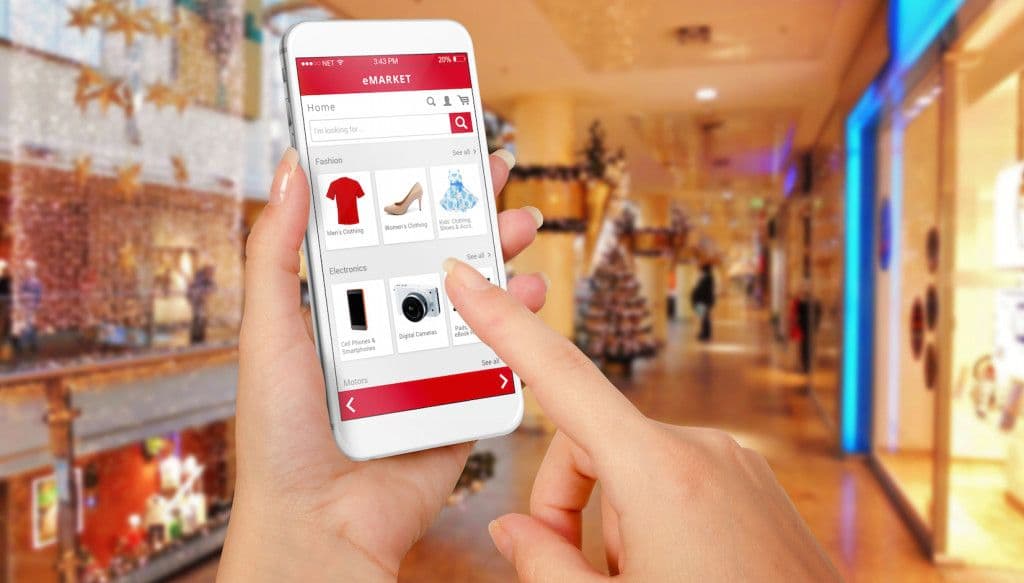
Some brands have apps that are effectively created to drive in-app purchases. When someone decides to download the Macy’s mobile app, the odds are very good that it’s because they’re considering buying something from Macy’s in the future. Similarly, there’s not much point in downloading Uber if you don’t have any intention of booking a ride.
That doesn’t mean that every one of these users is certain to buy something on your app—far from it! But it does mean that these are people who are primed to make an in-app purchase if you approach them the right way.
4) Let your systems talk to each other
Just because someone hasn’t made a purchase using your mobile app doesn’t necessarily mean that they’ve never spent money with you before. Maybe they’ve bought something at one of your brick and mortar locations, or on your website. If so, knowing what they’ve purchased from you in the past and how often can allow to you identify potential purchases that they might be particularly interested in making, boosting the effectiveness of your promotional outreach. To get that kind of 360-degree view of your customers, make sure that your mobile marketing automation platform is capable of receiving and organizing your brand’s point-of-sale and web data, in addition to the customer data being captured on your app.
5) Offer targeted incentives
While some customers will download your app, engage with it, and then spend money without any outside influence, others need a nudge to make their first purchase. Offering a discount or other incentive can be effective, but you’ll see better results if the promotion you highlight speaks to that customer’s actual interests and browsing behavior. After all, a discount on Omaha steaks isn’t going to entice a vegetarian to make a purchase, no matter how generous it might be.
6) Follow up when customers don’t
Having customers start but not finish a purchase is as frustrating as it is common—more than two-thirds of potential purchases online are abandoned before completion—but it also represents an opportunity. These are customers who thought seriously about buying something from you, and even though they didn’t complete the transaction, knowing what they put in their cart can give you insight into their interests, making future promotional outreach more effective.
One study found that 86% of brands don’t follow up regarding abandoned carts. These incomplete purchases can also be an opportunity to use your messaging channels to encourage customers to finish what they started. Not every customer will be persuadable, but sending an individually customized follow-up gives you another chance to nudge them toward the conversion you’re looking for and increases the odds that they’ll make the purchase.
(One caveat: some customers will begin a purchase on mobile and then finish it on the web or in-person. That makes it doubly important to integrate all of your brand’s customer data—otherwise, you might annoy customers by trying to talk them into making a purchase that they’ve already completed.)
For apps where in-app purchases are secondary
While plenty of apps are designed primarily to drive in-app purchases, there are also many apps where purchases are just one element of the monetization strategy. Think music streaming apps—where free, advertising-supported tiers often coexist with monthly premium subscriptions—or free dating apps, where customers can pay for access to more profiles, or other special features. In-app purchases can be an important revenue stream, but because those purchases aren’t what led customers to these apps, marketers need to be particularly thoughtful about how they balance different monetization approaches.
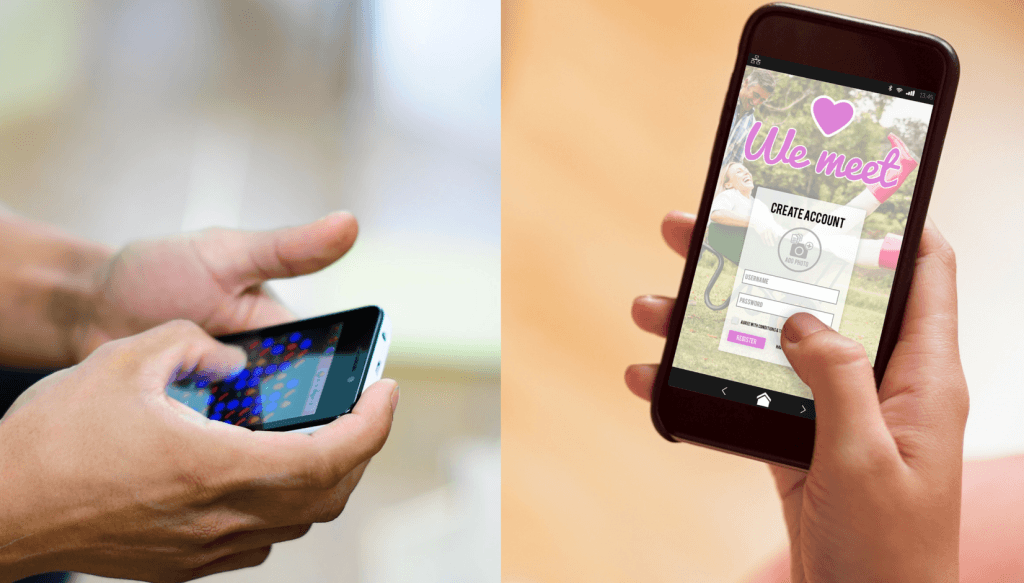
7) Use in-app behavior to drive purchases
Imagine that your brand has a gaming app called LumbrJK that allows users to compete against each other in the high-stakes world of the lumber trade. Customers can play for free, but they can also pay for access to new levels, more effective saws, and other game enhancements. While you want to encourage people to make in-app purchases, you also need to make sure that you don’t alienate your audience by making the free version of the the app seem unappealing in comparison.
When you’re sending promotional campaigns to customers, it’s best to exercise some restraint. People get frustrated when they’re on the receiving end of an avalanche of outreach, especially when those messages are focused on getting them to buy something, and that frustration makes them more likely to uninstall your app completely. For these kinds of situations, consider using triggered messaging to promote purchases only when a customer carries out an in-app action where spending money would make their experience even better. You’ll reach customers at their most receptive while also demonstrating that you’re engaged with your audience and their experience.
8) Cultivate super-users
When it comes to in-app purchases, not every user is going to be persuadable—especially if they didn’t download your app with the intention of buying something. In fact, for many apps that combine a free experience with in-app purchases or paid tiers, it’s common for a small subset of customers—known as super-users or whales—to play a major role in driving in-app purchases. This phenomenon is particularly acute in mobile gaming, where 6% of customers produce 50% of revenue.
In this kind of situation, one of the best ways to encourage in-app purchases is to take steps to identify future super-users. Consider taking advantage of the customer data you’re collecting to target members of your audience who are unusually active in your app for additional promotions and incentives. Users who don’t respond can be removed from this audience segment going forward, allowing you to reach the customers who are most likely to make significant in-app purchases for specialized, individually customized outreach.
The gist
There’s no single, foolproof way to convince someone to make an in-app purchase and savvy marketers should adjust their approach based on customer behavior and their larger business goals. That being said, brands that focus their marketing efforts on understanding and engaging their customers in thoughtful, responsive ways are laying the groundwork for the sort of durable long-term relationships that support effective monetization over the long haul.

Related Tags
Be Absolutely Engaging.™
Sign up for regular updates from Braze.
Related Content
View the Blog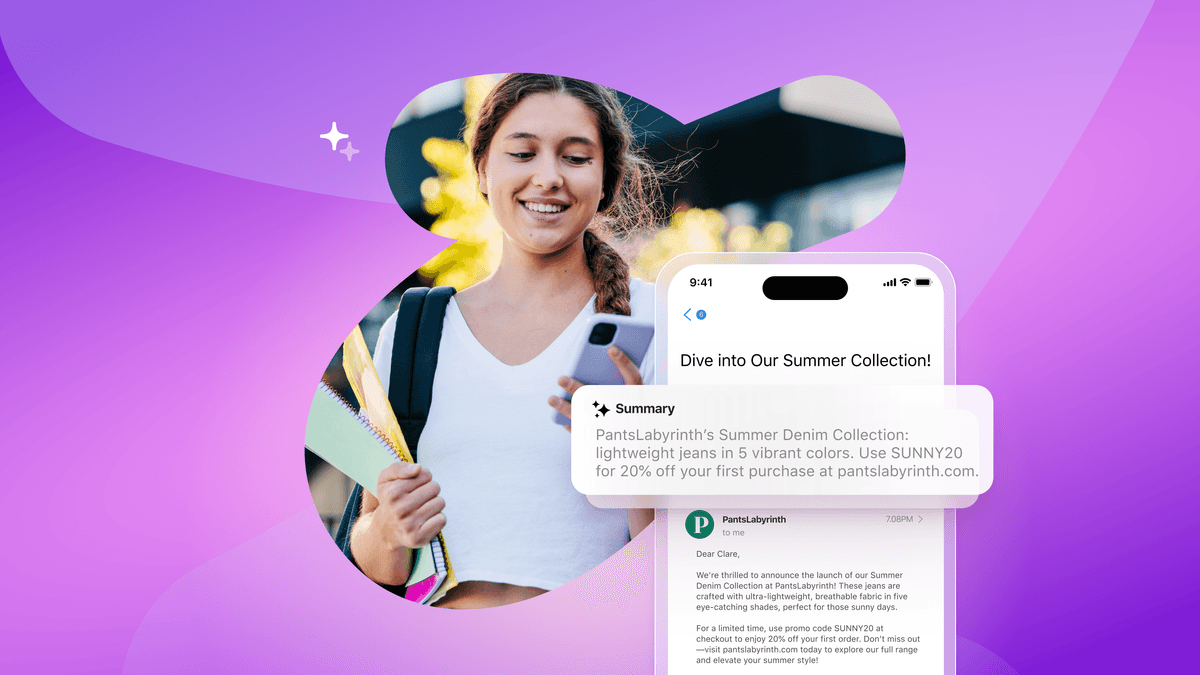
How Android 16 and iOS 26 are reshaping customer engagement

Haley Trost
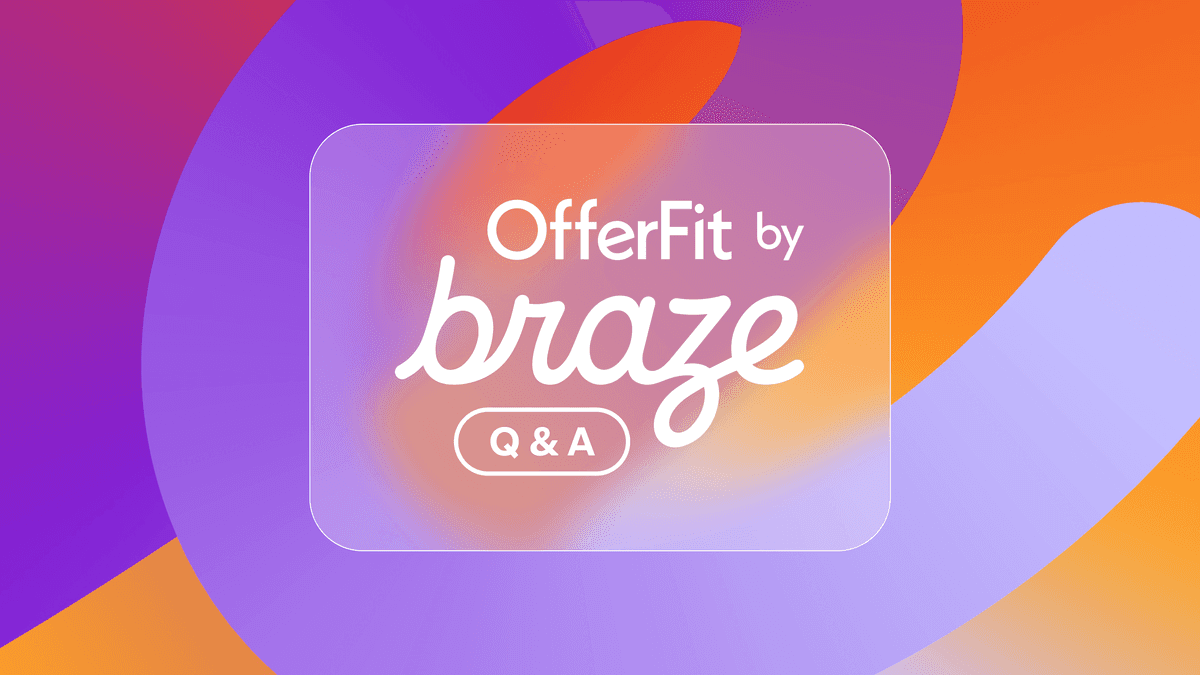
Introducing OfferFit by Braze: Answering burning questions

Matt Kreisher
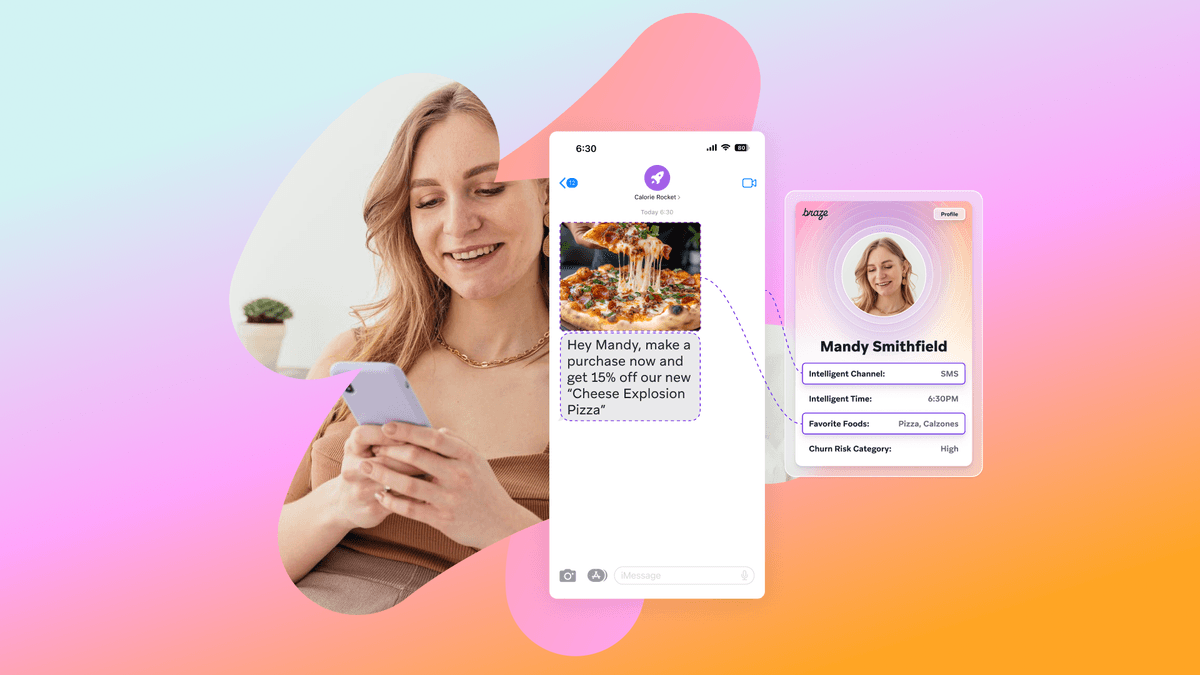
Personalized content: Strategies for delivering 1:1 experiences at scale
